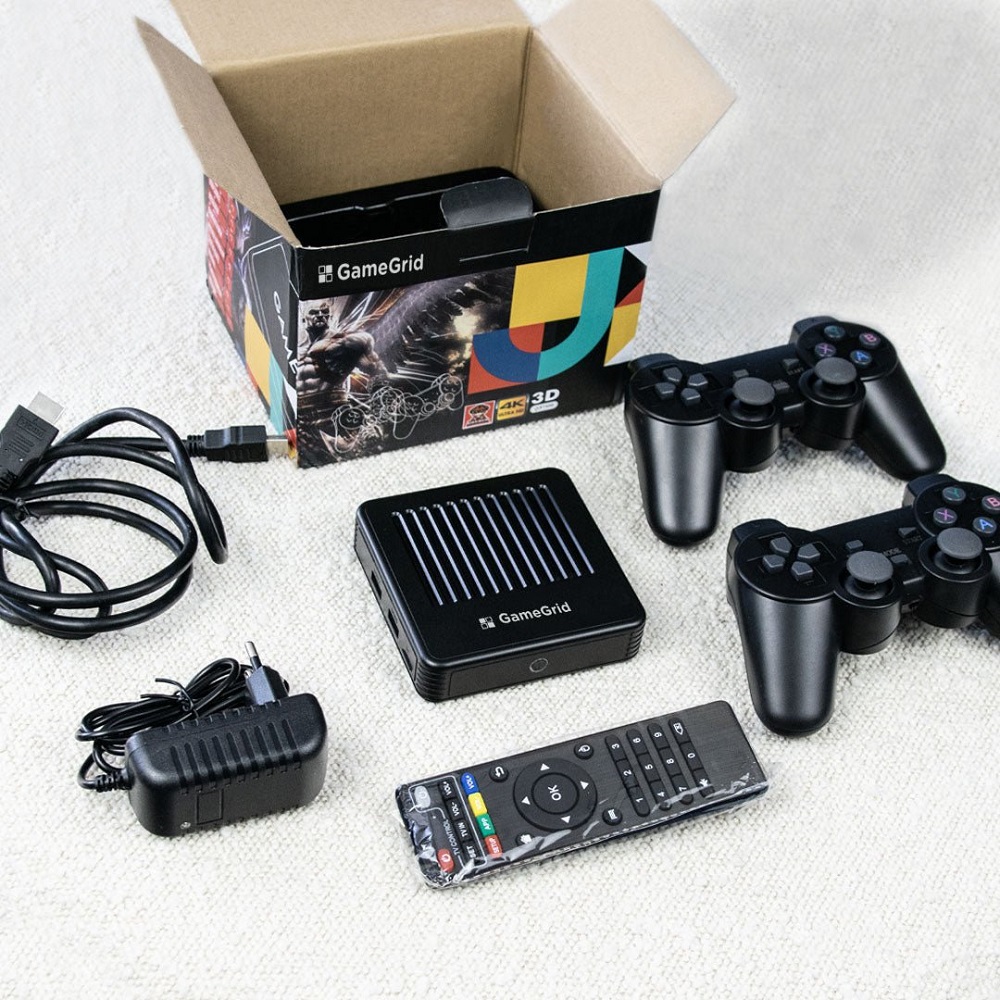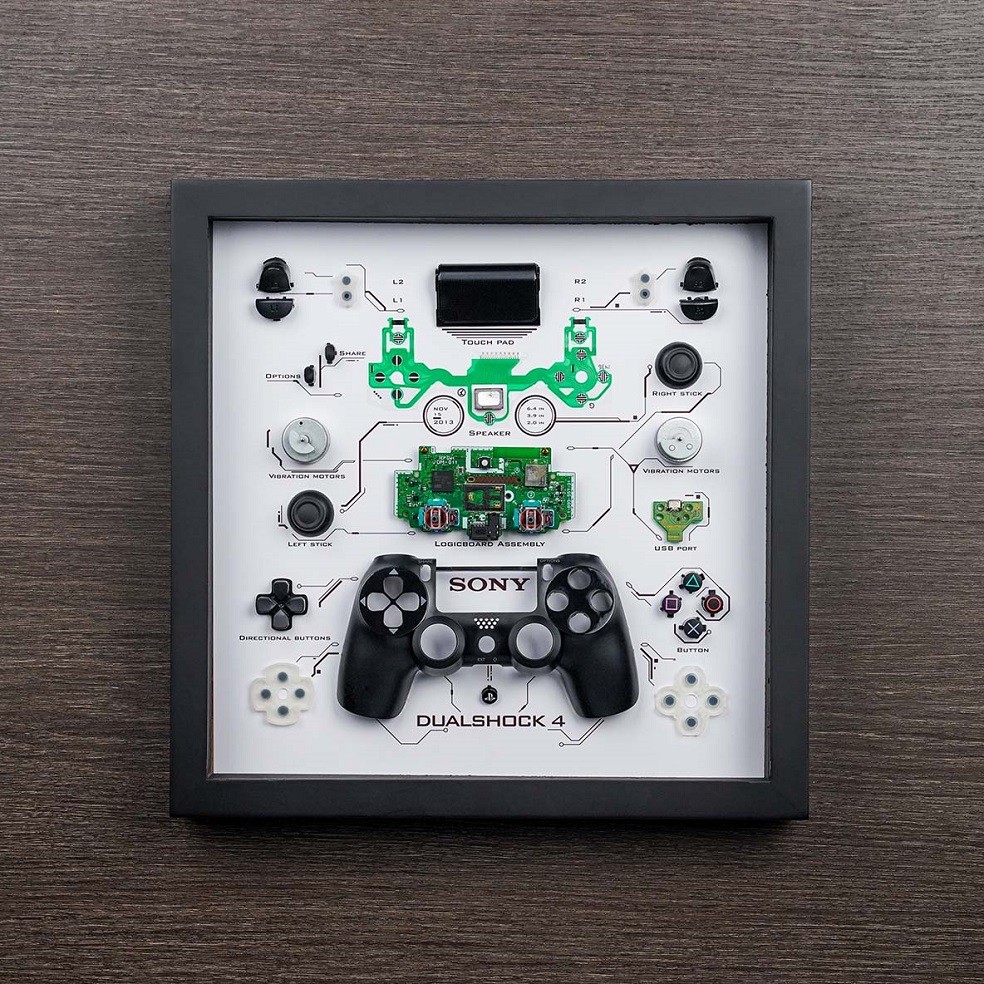Introduction to Grid 2: Bridging Sim and Arcade
Grid 2 aims to balance simulation and arcade racing styles. It does this without mastering either type fully. The game features drifting more than traditional racing. However, cars handle like they are in arcade games, often requiring players to adapt to this style. Players must learn the drifting system through trial and error. This is because tracks have curves and corners made for drifting. One has to pace themselves around these bends to progress effectively. The game’s effort to merge sim and arcade elements results in a unique driving experience. It caters to both racing game enthusiasts and casual players looking for fun.
Retro Gaming Appeal: The Nostalgia Factor
Retro gaming invites us on a journey back in time. It’s the allure of reliving memories from the comfort of your couch. Grid 2 taps into this powerful sentiment by offering a fusion of old-school difficulty and modern gaming conventions. The nostalgia factor is strong with cars and tracks that may remind players of arcade classics. Yet, the game brings fresh elements to the table as well.
Players who grew up steering through pixelated landscapes on clunky controllers will appreciate Grid 2’s nod to the past. The game’s drifting mechanics, although challenging, echo the exaggerated driving styles prominent in retro racing games. It’s not just about the racing; it’s about the memories and emotions that racing rekindles.
![]()
Why do these classic gaming experiences continue to pull at our heartstrings? Perhaps it’s the simplicity of earlier games, where straightforward objectives and limited controls ruled. In contrast, many modern games boast complex systems that can sometimes overshadow pure gameplay. Grid 2 finds a middle ground, satisfying the desire for simplicity while also providing depth for those who seek it.
The game’s aesthetic, with its blend of realistic graphics and arcade-like physics, fuels the retro appeal. When we hear the engines roar and tires screech, it’s more than just sound; it’s a time machine invoking the very essence of our gaming past. Whether you’re reliving your childhood or discovering a slice of gaming history, Grid 2 offers a taste of the adrenaline rush that first hooked many to racing games.
In embracing the nostalgia factor, Grid 2 becomes more than just a game. It’s a tribute to the evolution of the racing genre. It honors the legacy of its pixelated predecessors while providing an updated experience for today’s gamers. The result is a game that resonates with veteran players while remaining approachable for newcomers drawn to the retro gaming trend.
Game Mechanics: Drifting and Control
Grid 2 emphasizes drifting over standard racing. It requires a learning curve, and mastery is key. The game blends both arcade and simulation styles, leaning toward the former. Adapting to the drift system is essential for success on the track. Track designs are tailored to the game’s specific handling mechanics, favoring an aggressive driving style.
Tracks feature curves and corners that demand timing and precision. Skillful handling yields better performance and a more thrilling ride. The control system is tuned for an arcade-style experience, but it requires practice. Players experience a spectrum of control dynamics across different vehicles. There’s a satisfaction in mastering the delicate balance between speed and control.
Learning to drift effectively involves understanding each turn and adjusting your approach. Grid 2’s control scheme is accessible, but it offers depth for those who seek it. The responsive feedback from the controls makes for an immersive driving experience. Players are encouraged to find their own racing rhythm and style.
Overall, the game mechanics in Grid 2 combine nostalgic arcade sensibilities with a modern touch. This blend creates a distinct racing adventure that challenges and entertains. Whether you’re looking for casual fun or a competitive edge, Grid 2’s mechanics cater to a variety of playstyles.
Single-Player Campaign: World Racing Series Overview
Grid 2’s single-player mode, the World Racing Series, is a robust campaign. Players aim to create a top-tier racing series. This journey is sprinkled with storytelling between the narrator and the player. The series progression unlocks new vehicles slowly, adding anticipation. Each car feels distinct, rewarding patient gamers.
Vehicle manufacturers from around the world are featured, adding authenticity. The cars come with deep customization options, enhancing the sense of ownership. Sponsor challenges within the series boost progression. These objectives increase fans, which act like experience points. More fans unlock more content, such as events and tracks.
Early tracks may repeat, but diversity increases as you advance. Patience yields richer racing environments for players who endure. The campaign’s pacing can feel slow at first. However, perseverance leads to exposure to improved tracks and competitive events.
While Grid 2 may not top graphics charts, its visuals are commendable. Tracks and environments outshine car models, with detailed surroundings. The weather could play a larger role, but the game’s design still pleases the eye. On the audio front, music is forgettable. Yet, the professional narration and race sounds maintain the game’s immersive nature. Overall, the single-player campaign offers ample content to keep racers engaged and challenged.
Aesthetic and Design: Visuals and Audio Experience
Grid 2 showcases detailed tracks and vibrant environments. Car models are well crafted, but it’s the larger racing world that truly captivates. Skies are beautifully rendered, adding depth to the gaming experience. The visuals, although not groundbreaking, create an engaging world for racers.
In terms of sound, Grid 2 offers a mix. Engines roar and tires screech, immersing players in the race. However, the game’s music is quite forgettable. It doesn’t linger in the memory after the game is shut off. The voice narration, though, is a high point; it’s professional and pleasing, never becoming a distraction.
Looking at the overall design, the game’s aesthetic strikes a balance between retro charm and modern standards. It’s not the prettiest racer out there, but it certainly captures the essence of racing. Weather doesn’t have a big role, which is a missed opportunity for variety.
Still, from start to finish line, Grid 2’s design delivers an experience that is both nostalgic and fresh. Players may find the game visually pleasing, but it’s the rush of racing that keeps them coming back. Each element, from sight to sound, works to enhance this sensation.
Multiplayer Modes: Online Competition and Trolling
Grid 2’s multiplayer modes offer varied online competitions. Players can engage in standard races with different laps and lengths. The game also includes drifting challenges and time trials. Online events mimic the single-player’s setup, but with added competition. The multiplayer has its own progression system, with levels and cars different from single-player. It makes online experiences fresh and distinct. But, trolling can be an issue. Some players disrupt races, impacting the fun for others. Yet, Grid 2’s multiplayer remains a strong draw for those seeking rivalry. Gamers can customize their vehicles and race against others globally. Despite trolls, many find online races rewarding and challenging.
Progression and Customization: Levelling Up and Vehicle Upgrades
Grid 2 hooks players by its detailed progression system. Earning fans feels similar to gaining XP in-role playing games. As fans increase, new events and tracks unlock. This keeps the gameplay fresh and engaging.
Vehicle upgrades add depth to the progression. Players improve their cars in performance and aesthetics. From engines to liveries, customization is key. It allows racers to stand out and reflect their style.
Leveling up happens through race participation and achieving sponsor objectives. Success brings not only fans but also the chance for better parts. Players must balance their upgrades. Too many could push a car into a tougher class.
Time spent racing translates to better performance and an expanded garage. Patience is vital, as the best upgrades and cars don’t come quickly. They require dedication and skill to earn.
The customization system in Grid 2 provides a sense of personal touch. It makes each vehicle feel unique to the player. Designing a dream car adds another layer to the overall experience.
Ultimately, Grid 2’s progression and customization enrich the racing journey. They offer goals beyond winning, encouraging players to invest more in their digital racetrack careers.
Final Verdict: Is Grid 2 Worth Your Time?
Grid 2 offers a blend of arcade and sim racing styles. For fans who savor nostalgia with a modern twist, it hits the mark. The game brings challenging drifting mechanics that take you back to retro gaming days. Its visuals and sound design, while not cutting-edge, add to the immersive experience. The single-player campaign is rich, unfolding a story of racing glory. Multiplayer adds a competitive edge but watch out for trolls.
Progression and vehicle customization in Grid 2 are deep and rewarding. As you race, you level up and enhance your cars. This progression adds to the game’s overall appeal. You feel a sense of achievement as your fan base grows and your garage expands. The game mechanics demand skill, which can be satisfying to master.
With its robust content and engaging racing dynamics, Grid 2 is worth a spin. Racing enthusiasts and those looking for spirited nostalgia will enjoy hours behind the wheel. Despite some flaws and a balance between sim and arcade that doesn’t quite perfect either, it offers a fun and compelling experience. So, if you’re ready to drift down memory lane and have a blazing time on the tracks, Grid 2 is a solid choice to consider.

